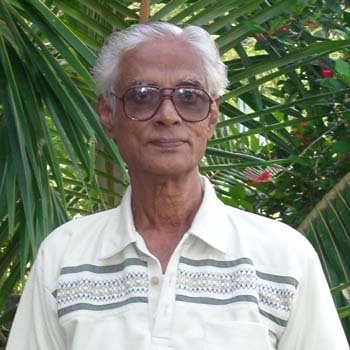Thursday, June 01, 2006
Night Scene Mode in Digital Camera
Photography after sunset is no longer a challenging task. Neon signs or street lamps and brightly illuminated buildings or areas under focus lights form fine targets to capture during night. Modern digital cameras have a distinct night scene mode to capture such scenes and other rare moments in life with dramatic results by choosing appropriate settings. The dominant guiding factor here is long exposure and use of a firm tripod. But certain technical limitations do exist which can be overcome by proper understanding of number of other factors that lead the photographer to experiment and gain experience.
Imagine that you capture a night scene in green mode. The flash will light up only the objects in the fore ground and provide a good exposure for them. But the distant background will be shady and dark. The night scene mode adopts an exposure taking into account whatever illumination is available in the background leaving the flash to take care of the foreground. Fine captures can also be obtained when you use night scene mode at dawn or dusk.
Still you may get some poor results. High levels of noise and lack of details and depth may cause frustration. Planning well earlier after a study of the distinct conditions of a scene is a must. Different combinations of length of exposure and increased aperture may have to be chosen for the relevant condition. Number of shots with an exposure for each combination may have to be patiently taken.
The fact that increase in exposure time reduces noise and increment in aperture results in higher depth of field will have to be borne in mind during this stage.
A full moon day is an advantage for night scene photography. It helps to reduce the exposure time. The depth of field may also get extended. On other days the degree of intensity of light available on a particular day has to be considered. The length and nature of shadows cast on objects by moon in different positions are to be studied since they may affect the exposure and produce harsh results.
You should always remember that histogram could never guide you in night scene mode. Use of optical zoom should also be avoided in this mode since it could cause camera shakes.
Imagine that you capture a night scene in green mode. The flash will light up only the objects in the fore ground and provide a good exposure for them. But the distant background will be shady and dark. The night scene mode adopts an exposure taking into account whatever illumination is available in the background leaving the flash to take care of the foreground. Fine captures can also be obtained when you use night scene mode at dawn or dusk.
Still you may get some poor results. High levels of noise and lack of details and depth may cause frustration. Planning well earlier after a study of the distinct conditions of a scene is a must. Different combinations of length of exposure and increased aperture may have to be chosen for the relevant condition. Number of shots with an exposure for each combination may have to be patiently taken.
The fact that increase in exposure time reduces noise and increment in aperture results in higher depth of field will have to be borne in mind during this stage.
A full moon day is an advantage for night scene photography. It helps to reduce the exposure time. The depth of field may also get extended. On other days the degree of intensity of light available on a particular day has to be considered. The length and nature of shadows cast on objects by moon in different positions are to be studied since they may affect the exposure and produce harsh results.
You should always remember that histogram could never guide you in night scene mode. Use of optical zoom should also be avoided in this mode since it could cause camera shakes.







